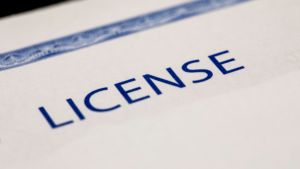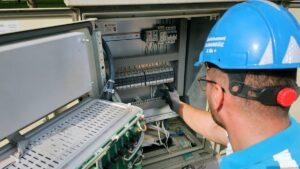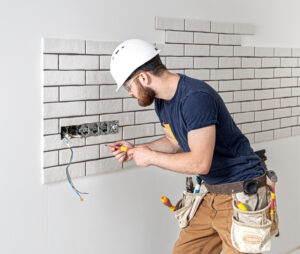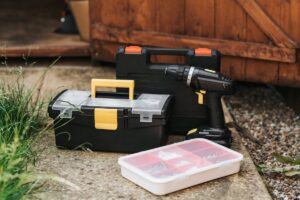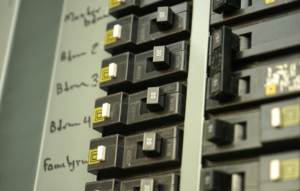Power strips are a convenient solution for expanding the number of electrical outlets in your home or office. However, they can also pose serious safety risks if not used correctly. In this blog post, we will explore the top 10 power strip safety tips to help you prevent electrical hazards and protect your devices. Whether you are using power strips in your home in Georgia or your office in Alabama, these guidelines will ensure you use them safely and effectively.
-
Avoid Overloading Your Power Strip
One of the most common mistakes people make with power strips is overloading them. Each power strip has a maximum load capacity, usually indicated in amps or watts. Exceeding this capacity can cause overheating and potentially lead to fires.
- Tip: Calculate the total wattage of all devices you plan to plug into the power strip. Ensure it does not exceed the strip’s maximum rating.
- Example: If your power strip has a maximum load of 1800 watts, and your devices collectively draw 1900 watts, you need to reduce the load.
-
Use Power Strips with Surge Protection
Surge protectors are power strips with built-in protection against electrical surges, which can damage your electronics.
- Tip: Invest in power strips with surge protection to safeguard your valuable electronics from unexpected power spikes.
- Example: During a thunderstorm, a power surge could damage your computer if it’s not protected. A surge-protected power strip can prevent this.
-
Regularly Inspect Your Power Strips
Over time, power strips can wear out or become damaged. Regular inspections can help you identify potential hazards before they cause problems.
- Tip: Check your power strips periodically for signs of wear, such as frayed wires, cracks, or scorch marks.
- Example: If you notice any damage, replace the power strip immediately to avoid potential electrical hazards.
-
Avoid Daisy-Chaining Power Strips
Daisy-chaining refers to plugging multiple power strips together, which can easily lead to overloading and increased fire risk.
- Tip: Always plug power strips directly into wall outlets rather than into other power strips.
- Example: If you need more outlets, consider having additional outlets installed by a licensed electrician from CMS Maintenance Service.
-
Keep Power Strips Away from Water
Water and electricity are a dangerous combination. Using power strips near water sources can lead to electrocution or short circuits.
- Tip: Avoid placing power strips in areas where they might come into contact with water, such as near sinks or aquariums.
- Example: In your kitchen, keep power strips away from the sink and ensure your hands are dry before plugging or unplugging devices.
-
Use Power Strips with Resettable Circuit Breakers
Some power strips come with resettable circuit breakers, which provide an added layer of protection by cutting off power when an overload is detected.
- Tip: Choose power strips with built-in circuit breakers for added safety.
- Example: If the power strip detects an overload, it will trip the breaker, preventing potential damage or fire.
-
Ensure Proper Ventilation
Power strips can overheat if they are covered or placed in areas with poor ventilation.
- Tip: Place power strips in well-ventilated areas and avoid covering them with rugs, furniture, or other materials.
- Example: Under your desk, ensure that there is enough space around the power strip to allow for adequate airflow.
-
Use Power Strips Rated for Your Needs
Different power strips are designed for different uses. Some are intended for light-duty tasks, while others are built for heavy-duty applications.
- Tip: Choose the right type of power strip for your needs. For high-powered devices, use heavy-duty power strips.
- Example: In an office setting, use a heavy-duty power strip for your computer, printer, and other high-wattage devices.
-
Follow Manufacturer Instructions
Manufacturers provide instructions and safety guidelines for using their power strips. Following these instructions can prevent misuse and hazards.
- Tip: Read and follow the manufacturer’s instructions for each power strip you use.
- Example: If the instructions recommend not using the power strip outdoors, adhere to this guideline to avoid accidents.
-
Educate Household Members and Office Staff
Everyone who uses power strips in your home or office should be aware of proper usage and safety precautions.
- Tip: Educate your family members or colleagues about power strip safety to ensure everyone follows best practices.
- Example: Hold a brief training session in your office to teach staff how to use power strips safely and what to avoid.
Ensuring Electrical Safety with Power Strips
Using power strips safely is crucial to preventing electrical hazards in your home or office. By following these top 10 safety tips, you can protect your devices, reduce the risk of fires, and ensure the safety of everyone in your household or workplace. Remember, when in doubt, consult a licensed electrician from CMS Maintenance Service to assess your electrical needs and provide expert guidance.
At CMS Maintenance Service, we are committed to providing top-notch electrical services in Alabama and Georgia. Our team of licensed electricians is here to help you with all your electrical needs, from installing additional outlets to ensuring your power strips are used safely. Contact us today to learn more about how we can support your electrical safety and efficiency.


